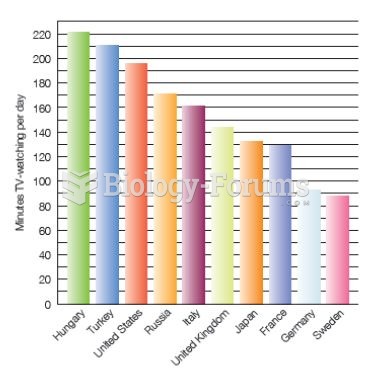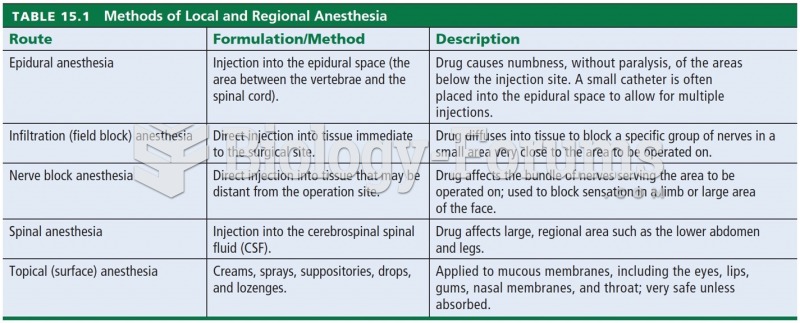Answer to Question 1
Financial Incentives-Host governments of all nations grant companies financial incentives if they will invest within their borders. One method includes tax incentives, such as lower tax rates or offers to waive taxes on local profits for a period of timeextending as far out as five years or more. A country may also offer low-interest loans to investors.
The downside of these types of incentives is they can allow multinationals to create bidding wars between locations that are vying for the investment. In such cases, the company typically invests in the most appealing region after the locations endure rounds of escalating incentives. Companies have even been accused of engaging other governments in negotiations to force concessions from locations already selected for investment. The cost to taxpayers of attracting FDI can be several times what the actual jobs themselves payespecially when nations try to one-up each other to win investment.
Infrastructure Improvements-Because of the problems associated with financial incentives, some governments are taking an alternative route to luring investment. Lasting benefits for communities surrounding the investment location can result from making local infrastructure improvementsbetter seaports suitable for containerized shipping, improved roads, and increased telecommunications systems.
Host countries also have a variety of methods to restrict incoming FDI. Again, these take two general formsownership restrictions and performance demands.
Ownership Restrictions-Governments can impose ownership restrictions that prohibit nondomestic companies from investing in certain industries or from owning certain types of businesses. Such prohibitions typically apply to businesses in cultural industries and companies vital to national security. Also, most nations do not allow FDI in their domestic weapons or national defense firms. Another ownership restriction is a requirement that nondomestic investors hold less than a 50 percent stake in local firms when they undertake foreign direct investment.
But nations are eliminating such restrictions because companies today often can choose another location that has no such restriction in place. When General Motors was deciding whether to invest in an aging automobile plant in Jakarta, Indonesia, the Indonesian government scrapped its ownership restriction of an eventual forced sale to Indonesians because China and Vietnam were also courting GM for the same financial investment.
Performance Demands-More common than ownership requirements are performance demands that influence how international companies operate in the host nation. Although typically viewed as intrusive, most international companies allow for them in the same way they allow for home country regulations. Performance demands include ensuring that a portion of the product's content originates locally, stipulating the portion of output that must be exported, or requiring that certain technologies be transferred to local businesses.
Answer to Question 2
This is awesome you took your the time to answer these questions. You have been so helpful.







